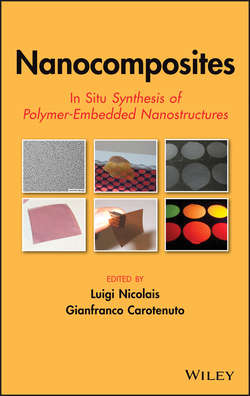Описание книги
A Step-by-step guide to the synthesis and characterization of metal-polymer nanocomposites Polymer nanocomposites, polymers that are reinforced with nano-sized particles, provide enhanced mechanical, thermal, electrical, and barrier properties. Continued research and development of new polymer nanocomposites promises to provide enhanced materials to a broad range of industries, such as plastics, aerospace, automotive, electronics, packaging, and biomedical devices. Structured as a practical laboratory manual, this book enables readers to expertly synthesize and characterize metal-polymer nanocomposites by clearly setting forth the principles and techniques. Nanocomposites: In Situ Synthesis of Polymer-Embedded Nanostructures features contributions from an international team of materials science and nanotechnology experts. Chapters reflect the authors' critical review of the literature as well as their own laboratory experience working with polymer nanocomposites. The book begins with a detailed introduction to the science, properties, and applications of metal-polymer nanocomposites. Next, it covers such topics as: Morphological and topological concepts Phase separation and nanoparticle aggregation Methods for the synthesis of nanocomposites Morphological control Characterization techniques and data analysis methods Toxicity considerations High-resolution images of metal nanoparticles, created by transmission electron microscopy, are provided throughout the book. There are also plenty of process schemes and detailed drawings, helping readers better understand how to synthesize, characterize, and use these composite materials. A bibliography at the end of each chapter provides a gateway to original research papers and reviews in the field. With its focus on the practical steps of synthesis and characterization, Nanocomposites: In Situ Synthesis of Polymer-Embedded Nanostructures is recommended for both students and practitioners in nanotechnology, polymer science, and materials science and engineering.
